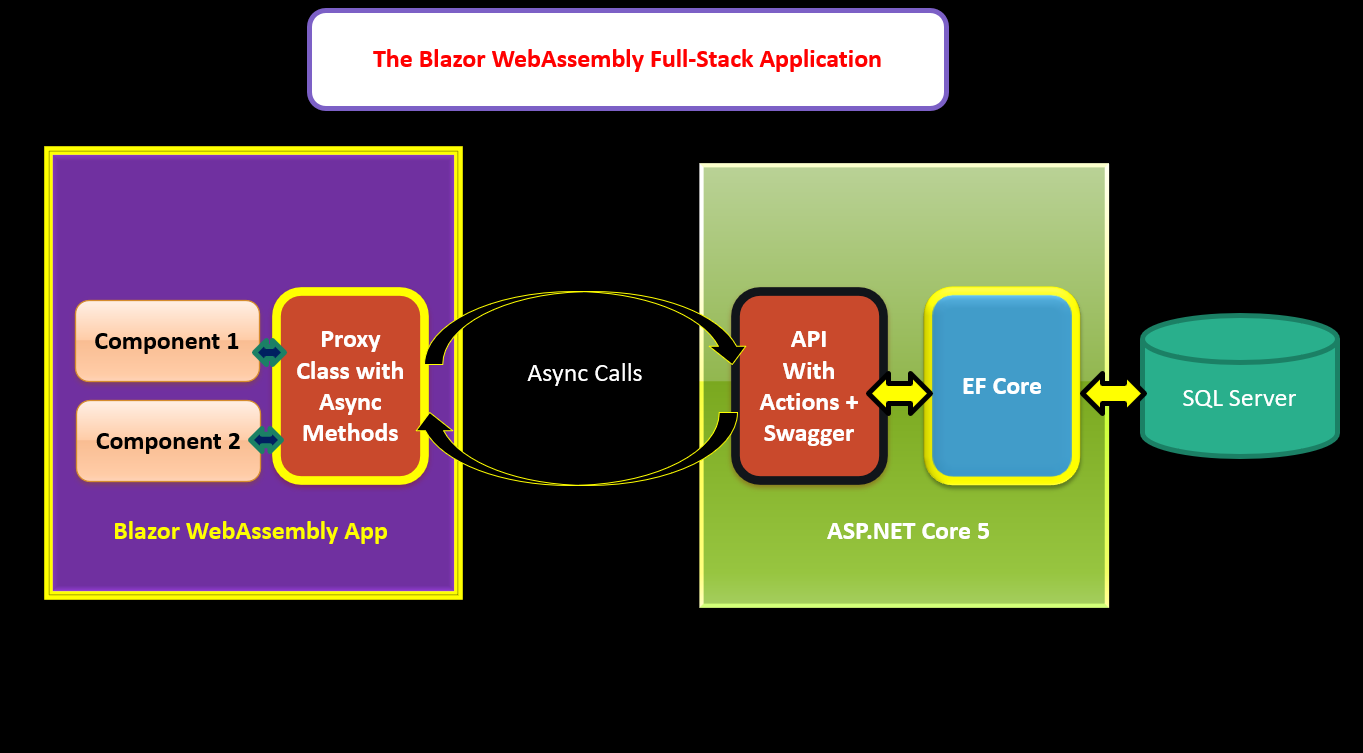ASP.NET Core 5.0: Create API with Swagger(OpenAPI) Specifications and Consuming it in Blazor Web Assembly Project using Connected Service

In this tutorial, we will see implementation of ASP.NET Core 5.0 API creation using Swagger/OpenAPI specifications. We will also see the mechanism of consuming the API using Managed Proxy class in Blazor WebAssembly client application with the help of Visual Studio Connected Services. ASP.NET Core 5.0, have come up with the support for OpenAPI specifications for APIs. This is a language-agnostic specification for describing REST APIs. This description helps client applications to understand the capabilities of REST APIs. Main advantage of the OpenAPI is to Minimize the amount of work needed to connect the REST APIs in decoupled way and to Reduce the time required to document the service. The OpenAPI makes sure that action methods from the APIs are exposed in developer friendly manner. The Connected Service is used to generate HTTP API clients so that the API can be easily consumed (remember WCF Service Proxy classes). This makes it easy to access APIs using the managed...

